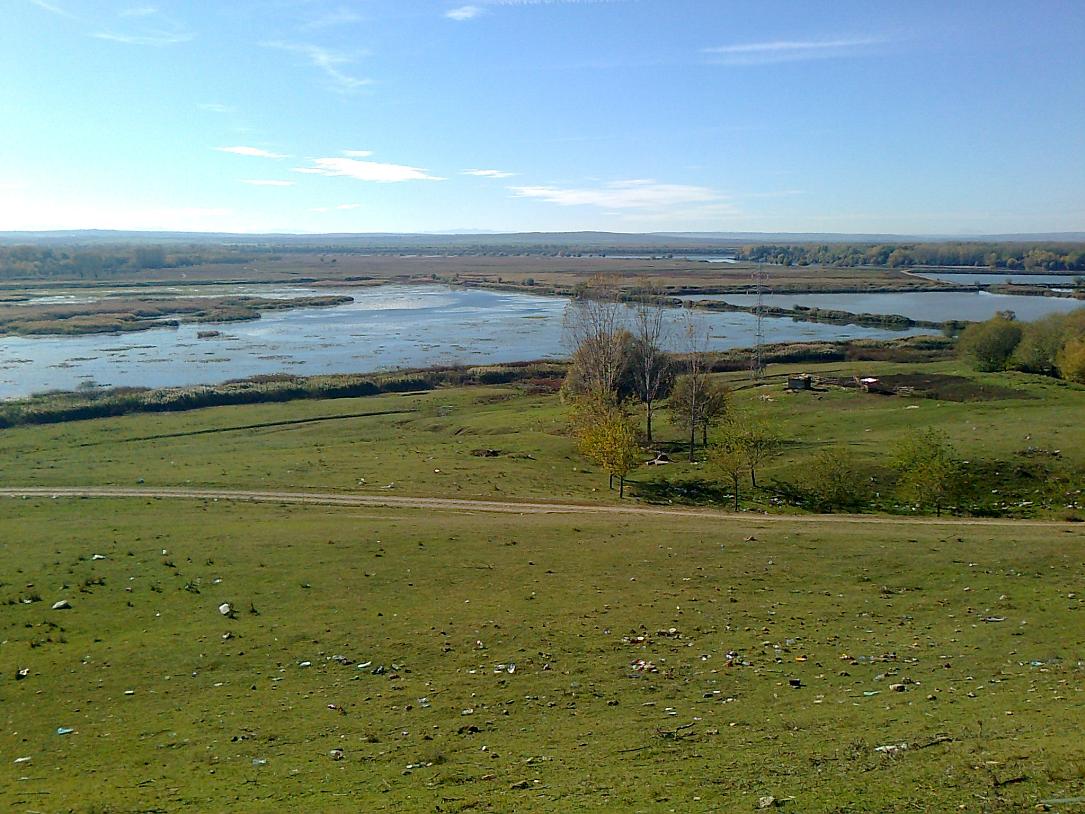Fieldwork underway at Garla Mare wetland restoration project in Romania



The Garla Mare wetland restoration in the Lower Danube Green Corridor is now approved by the Romanian authorities, and fieldwork is underway, WWF Central and Eastern Europe announced.
This is part of the Living Danube Partnership, started in 2014, to promote river and wetland restoration across the Danube River Basin.
The Living Danube Partnership was established by WWF Central and Eastern Europe (WWF-CEE), the International Commission for the Protection of the Danube River (ICPDR), and the Coca-Cola Foundation.
It is focused on restoring and promoting rivers and wetlands across the Danube basin. It works to reconnect river stretches or floodplains to the river system by opening dams, installing sluices for water retention, or by restoring water supply channels. It aims to increase the water retention capacity by 12 million cubic meters (the equivalent of 4,800 Olympic- sized swimming pools) and to restore over 53 sqm of wetland habitat (the equivalent of 7,422 football pitches) by June 2021, WWF-CEE explained.
The restoration of Garla Mare wetland is expected to further increase water retention capacity by 5.2 million cubic meters.
Over 80% of the floodplains along the Danube and its main tributaries have been lost, and with them significant populations of fish and other valuable ecosystem goods and services, WWF-CEE said. According to WWF’s new Living Planet Report 2020, 1 in 3 freshwater species are threatened with extinction. For instance, monitored populations of sturgeons have dramatically declined by 91% on average between 1970 and 2016.
The restoration of Garla Mare marshland will return an improved flooding regime to the area and retain a minimum permanent body of open water. The project will restore a more natural flow regime across the marsh and improve flood protection by re-establishing flood storage capacity.
Five restoration projects under the Living Danube Partnership have been completed. Besides Garla Mare, two more projects are expected to be completed in 2020 or summer 2021: Vrata and the Lankoc floodplain forest. A final project focused on restoring a number of side-arms of the Drava River in Croatia, where the Living Danube Partnership has leveraged significant EU support, will be completed by 2022.
(Photo: WWF Romania)
simona@romania-insider.com